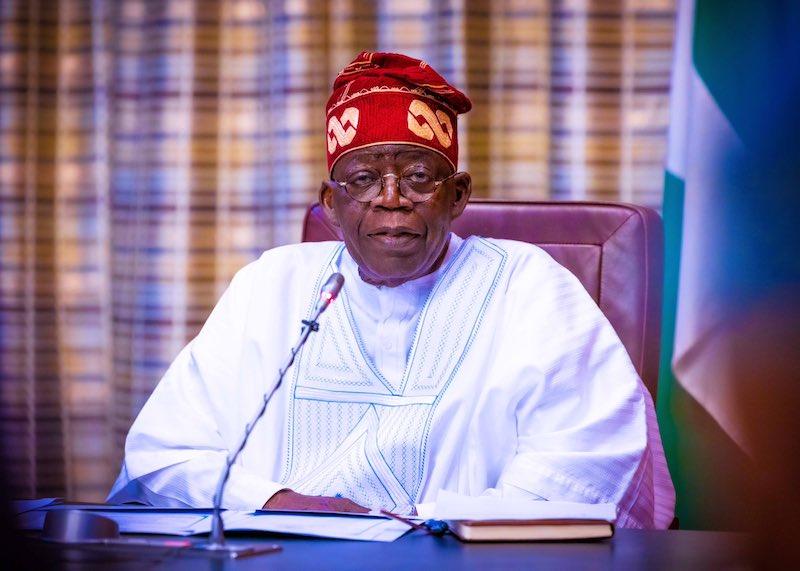Gilbert Ekugbe
Nigeria’s agricultural sector in the first three quarters of 2023 was able to garner an abysmal growth of about 1.9 per cent as against the 6.1 per cent recorded in the first three quarters of 2022.
The growth was no doubt hindered by the naira scarcity, foreign exchange scarcity, declining investment in the sector, climate change, the Russia-Ukraine war and many more.
The 1.9 per cent growth recorded was a far cry from what it recorded in the first three quarters of 2022. The first three quarters of 2022 recorded a growth rate of 6.1 per cent and managed a growth rate of 2.05 in the fourth quarter of 2022, which is more than what the sector recorded in three quarters of 2023.
As of December 2023, the agricultural sector remains an important contributor to the country’s economy, accounting for about 23 per cent of real Gross Domestic Product (GDP)
According to the National Bureau of Statistics (NBS), the four sub-activities such as crop production, livestock, forestry and fishing make up the agricultural sector, stressing that the sector grew by 5.24 per cent year-on-year in nominal terms in Q1 2023, showing a decrease of 6.31 percentage points from the same quarter of 2022.
“Looking at the preceding quarter’s growth rate of 18.67 per cent, there was a decrease of 13.44 percentage points. Crop production remained the major driver of the sector and it is evident as it accounts for 86.85 per cent of the overall nominal value of the sector in the first quarter of 2023.
“While Quarter-on-quarter growth stood at -28.83 per cent in the first quarter of 2023, the sector contributed 19.63 per cent to nominal GDP in the first quarter of 2023. This figure was lower than the rate recorded in the first quarter of 2022 and lower than the fourth quarter of 2022 which recorded 21.09 per cent and 24.90 per cent respectively, “the NBS said.
NBS added that the agricultural sector in the first quarter of 2023 grew by -0.90 per cent (year-on-year) in real terms, a decrease of 4.06 per cent points from the corresponding period of 2022, and a decrease of 2.95 percentage points from the preceding quarter which recorded a growth rate of 2.05 per cent. It grew on a quarter-on-quarter basis at -30.95 per cent.
“However, the sector contributed 21.66 per cent to overall GDP in real terms in Q1 2023, lower than the contribution in the first quarter of 2022 and lower than the fourth quarter of 2022, which stood at 22.36 per cent and 26.46 per cent respectively. Although the growth of the agriculture and industry sectors contributed less to the aggregate GDP in the quarter under review compared to the first quarter of 2022, “it added.
The African Development Bank (AfDB) had at the beginning of 2023 projected that with the removal of barriers to agricultural development aided by new investments, Africa’s agricultural output could increase from $280 billion per year to $1 trillion by 2030.
The AfDB President, Akinwumi Adesina, in a statement to herald the Dakar II summit in Senegal’s capital city Dakar, urged heads of state and government to develop transformational country-specific food and agriculture delivery compacts while also tasking African countries to make measurable political commitments to implement policies designed to eliminate extreme poverty, hunger and malnutrition in Africa.
Since then, not much has changed as food prices continue to skyrocket making it almost impossible for the common man to feed.
The then Minister of Agriculture and Rural Development, Mohammad Abubakar, on assumption to office assured Nigerians that he would focus on the provision of necessary policy direction to position agriculture as the mainstay of the nation’s economy. Under his short spell as Agric Minister, the sector showed positive performance.
In the second quarter of 2022, the sector contributed 23.3 per cent to the nation’s GDP, outperforming several other sectors, including trade, telecommunications, manufacturing, oil and gas, real estate, finance, and insurance.
The sector’s performance under his leadership demonstrated a commitment to sustaining programmes on farm inputs subsidy, registration, clustering and validation of farmers, mainstreaming women and youths in agribusiness and developing cooperatives.




